Remember the recipe for fried “big ass” ants (hormigas culonas) from last Monday? Cultivating these large, winged creatures for healing and their aphrodisiac properties was a tradition started by the Guane people of Santander, Colombia.
The actual village of Guane was about a two hour drive from the village where I was living, so one afternoon we went to visit. It’s a tiny, sleepy place with cobbled streets that has just a few blocks. Like in most Colombian pueblos, everything surrounds a main plaza. There’s a monument here that’s dedicated to Guaneta, the last Guane chief. It’s covered in fossils found in the local valley.
There’s barely a breeze. It’s a perfect 23C (73F), blue skies, sun. The plaza has several lovely orange acacia trees to add some colour to the whitewashed buildings. It seems lost in time, nearly empty, an old colonial town barely touched by the modern world.
There’s a church (another important feature anywhere you go in Colombia) that is dedicated to Santa Lucia, Queen of the Blind.
Guane also has a small three-room museum of palaeontology and archeology. Unfortunately photographs were not allowed, but it was worth a visit. You pay a small amount for the doors to be unlocked by a woman at the front who will give you a guided tour of its contents.
The first room was full of fossilised rocks. The last room contained religious art and artefacts.
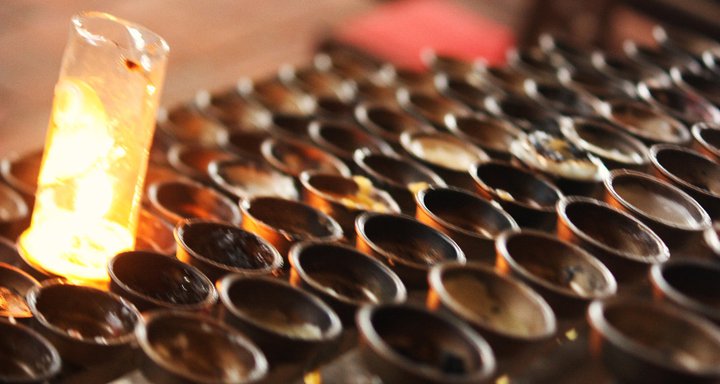
The most interesting room to me was the middle one. Inside, we saw the bones of a tiny woman who was curled up in her final moments before she died. It is thought that she was a guane princess.
There was a cabinet in the same room that was full of human skulls. The Guane people intentionally deformed their heads in different ways using pressure from wrapped materials like cloth.
We also saw an ancient record player, a collection of coins from around the world, a weaving loom, old hunting gear and a machine that separates the fibers of the fique plant (which I also wrote about in December).
And that was all there was to the little village of Guane really. Horses with colourful headbands were tied at points around the square waiting for their owners to return.
We headed back toward Mogotes, stopping at a few roadside shops selling all sorts of fossils for the garden. There were tons of them.
Guane was definitely one of the smallest, most peaceful places I’ve ever visited. It would be a wonderful place to disconnect for a day or two, just sit and write and watch the silence of the world around you. It’s steeped in history and though it is quiet, it is very near to Barichara – another beautiful place – which is quite popular with tourists, but more on that in another post.

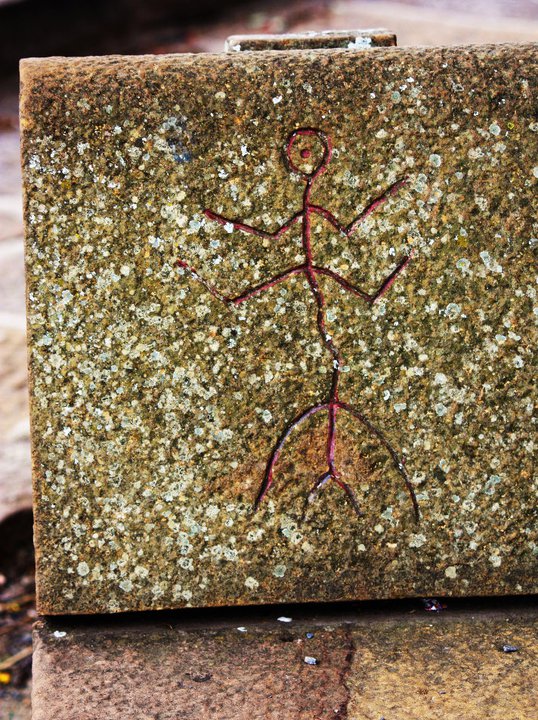
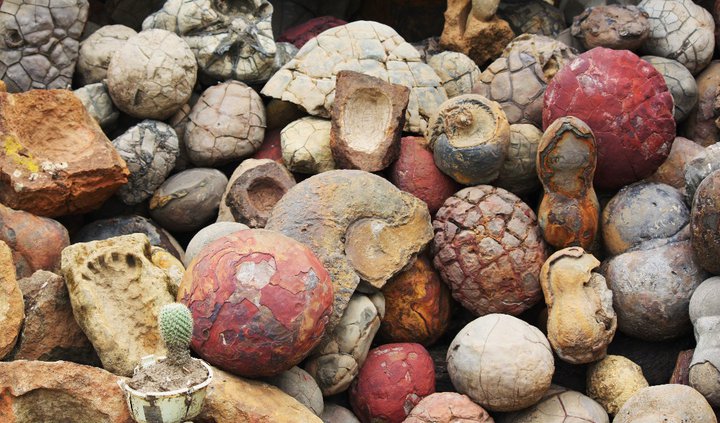
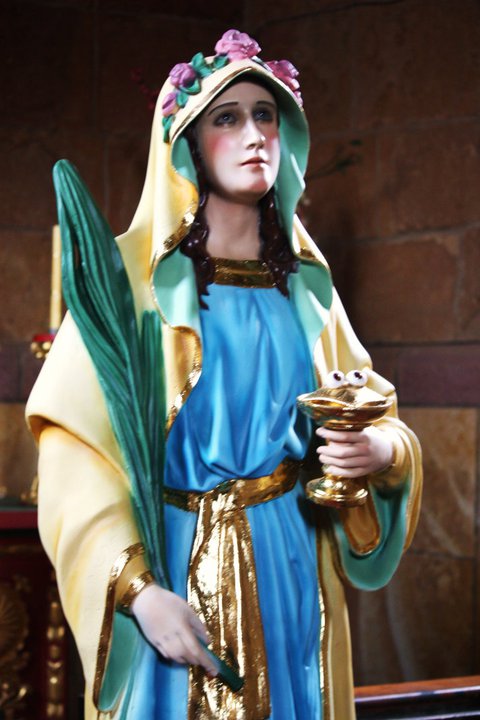
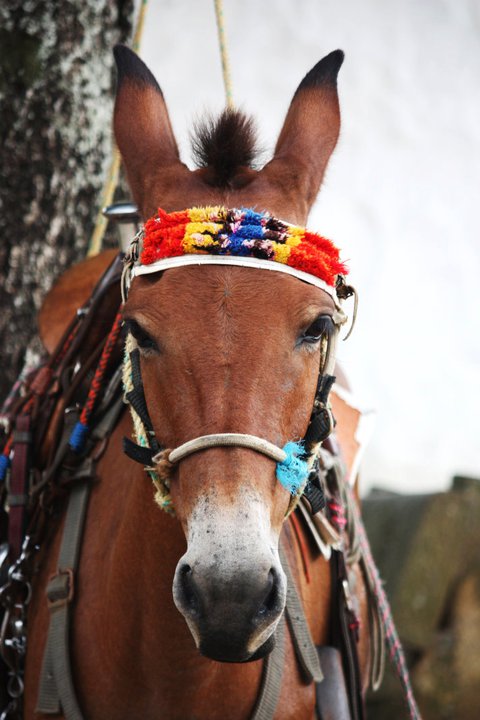
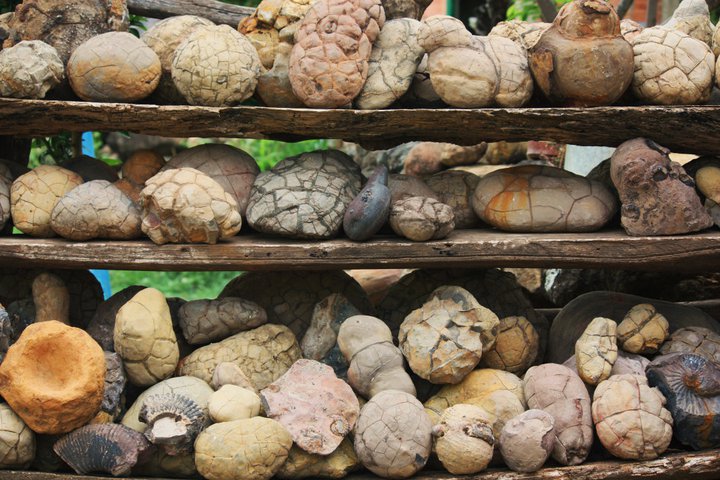
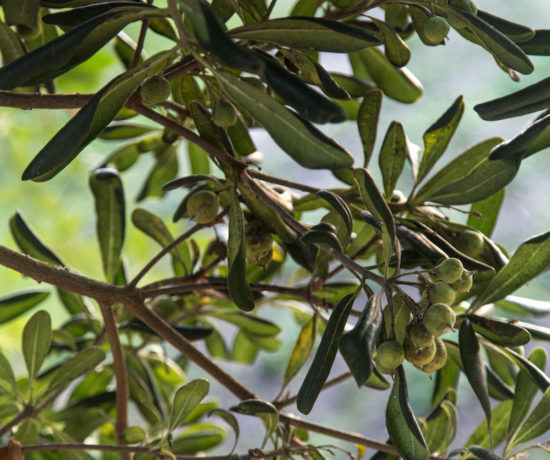


1 Comment
Diana Mieczan
February 25, 2014 at 3:21 pmGuane sounds incerdible and I still can’t stop thinking about those ants:) Kisses, darling.